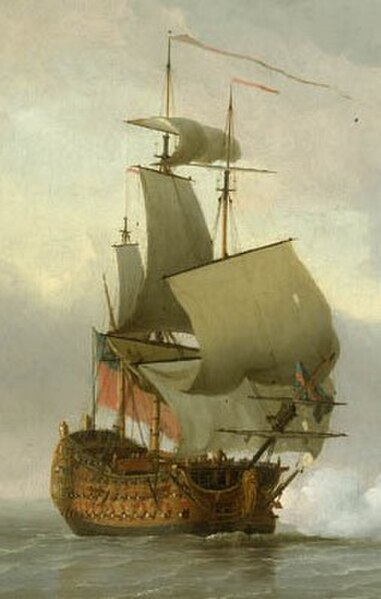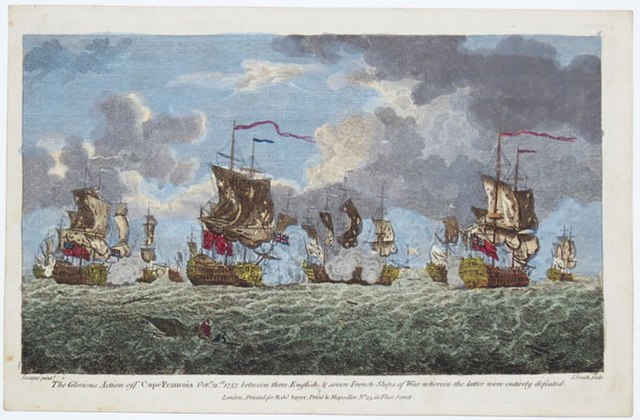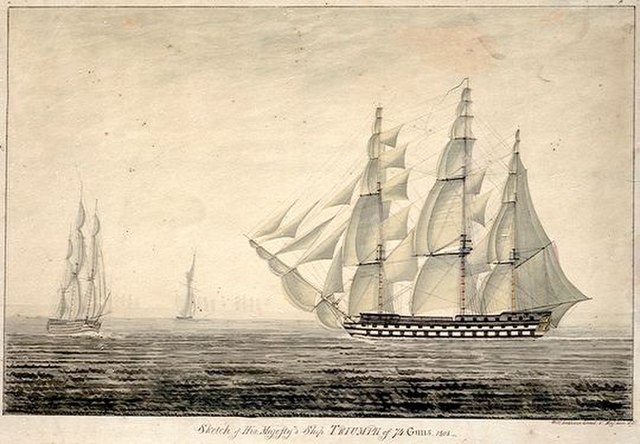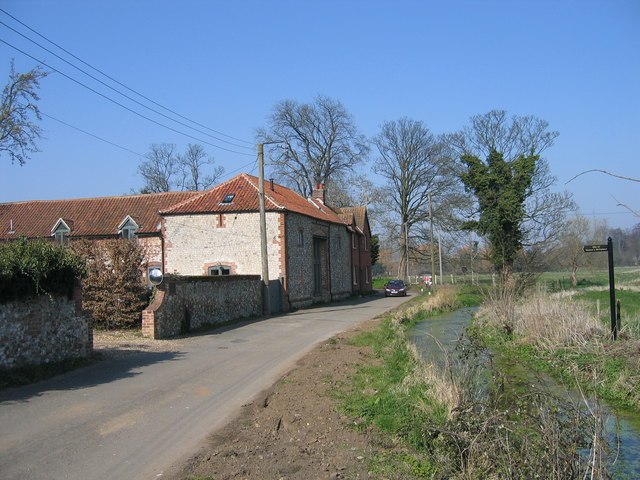Captain Maurice Suckling was a British Royal Navy officer of the eighteenth century, most notable for starting the naval career of his nephew Horatio Nelson and for serving as Comptroller of the Navy from 1775 until his death. Suckling joined the Royal Navy in 1739 and saw service in the English Channel and Mediterranean Sea during the War of the Austrian Succession. With the support of relatives including Prime Minister Sir Robert Walpole, Suckling was promoted quickly and received his first command in 1754. At the start of the Seven Years' War in 1756 he was promoted to captain and given a command on the Jamaica Station. There he played a major part in the Battle of Cap-Français in 1757 and fought an inconclusive skirmish against the French ship Palmier in 1758 before returning to Britain in 1760.
Portrait by Thomas Bardwell, 1764
HMS Russell, in which Suckling served 1746–1747
The Battle of Cap-Français, 1757, in which Suckling commanded HMS Dreadnought
Suckling commanded HMS Triumph as a guard ship from 1771 to 1773
Horatio Nelson, 1st Viscount Nelson
Vice-Admiral Horatio Nelson, 1st Viscount Nelson, 1st Duke of Bronte was a British flag officer in the Royal Navy. His inspirational leadership, grasp of strategy and unconventional tactics brought about a number of decisive British naval victories during the French Revolutionary and Napoleonic Wars. He is widely regarded as one of the greatest naval commanders in history. His victory on 21 October 1805 at the Battle of Trafalgar led to British naval supremacy for over another century and beyond.
Portrait of Nelson by L. F. Abbott (1799)
The site of the rectory in Burnham Thorpe where Nelson was born in 1758
Captain Horatio Nelson, painted by John Francis Rigaud in 1781, with Fort San Juan—the scene of his most notable achievement up to that point—in the background. The painting itself was begun and nearly finished prior to the battle, when Nelson held the rank of lieutenant; when Nelson returned, the artist added the new captain's gold-braided sleeves.
Nelson's Column – Death of Nelson at Trafalgar panel, with George Ryan standing on the left-hand edge, holding a rifle








